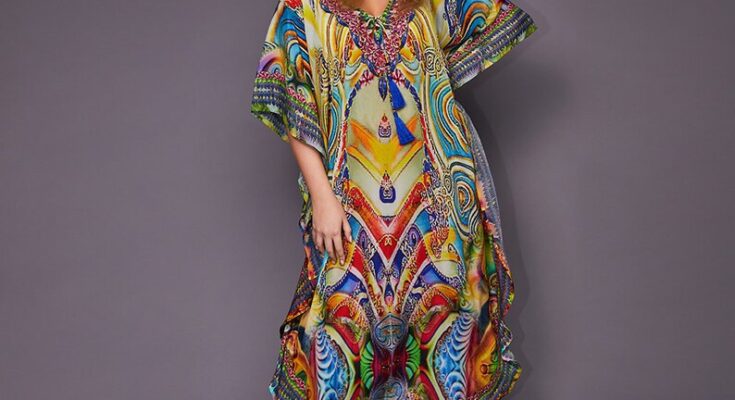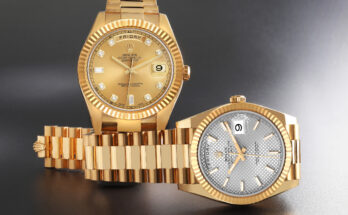Kaftans are a timeless and versatile piece of clothing that has a rich history spanning centuries. These loose-fitting, flowing garments have adorned both men and women across various cultures, exuding elegance, comfort, and style. In this blog, we will delve into the fascinating world of kaftans, exploring their origins, cultural significance, modern adaptations, and why they have remained a beloved fashion choice throughout the ages.
A Glimpse into the Origins of Kaftans:
The origins of kaftans can be traced back to ancient Mesopotamia, where similar loose-fitting garments were worn by men and women. However, the term “kaftan” itself is believed to have been derived from the Persian word “qaftan,” which was introduced to the West during the Ottoman Empire’s expansion in the 16th century.
The Ottoman sultans and their courts were particularly instrumental in popularizing the kaftan. It became a symbol of status, luxury, and power, with intricate designs and opulent fabrics adorning the elite. Over time, the popularity of the kaftan spread to other regions, including North Africa, the Middle East, and parts of Asia, where it was adapted to reflect local aesthetics and traditions.
The Versatility of Kaftans:
One of the most remarkable features of the kaftan is its versatility. It is a unisex garment, worn by both men and women, although the styles and embellishments may differ. Traditionally, kaftans were long, reaching down to the ankles, with wide sleeves and a loose, flowing silhouette. They were often made from luxurious fabrics such as silk, velvet, or brocade, and decorated with intricate embroidery and embellishments.
In the present day, kaftans have undergone various modifications to suit modern fashion trends. Shorter versions, known as “mini kaftans,” are popular for casual wear or beach cover-ups. Designers have also experimented with different necklines, sleeve lengths, and fabrics, making kaftans suitable for various occasions, from casual outings to formal events. Explore the wide collection of fashionable Kaftans at Beach Cafe.
Cultural Significance of Kaftans:
Throughout history, kaftans have held significant cultural meaning in different regions. In the Ottoman Empire, the kaftan symbolized social standing and royalty. It was used to distinguish between commoners and nobles, with more lavish designs reserved for the ruling class. In some Middle Eastern cultures, kaftans were associated with religious practices and were often worn during special ceremonies and festive occasions.
In Africa, the kaftan, known as “boubou” or “agbada,” is deeply embedded in traditional African attire. It is a symbol of pride and identity, with unique patterns and colors representing specific tribes and cultures. The kaftan is also an essential part of Islamic clothing, with many Muslim men and women incorporating it into their wardrobe as a modest and elegant outfit.
Modern Fashion and Kaftans:
With the rise of global fashion trends, kaftans have found their way into mainstream fashion and international runways. Designers around the world have embraced the kaftan’s loose, comfortable silhouette and its potential for artistic expression. Today, kaftans are not limited to any specific culture; they have become a symbol of inclusivity and cultural fusion.
Celebrities and fashion influencers have also played a significant role in popularizing kaftans. Their social media posts and public appearances in stylish kaftans have sparked interest in this timeless garment, encouraging people to explore its elegance and versatility.
Why Kaftans Have Stood the Test of Time:
Several factors contribute to the enduring popularity of kaftans:
Comfort: Kaftans are known for their loose, breezy fit, making them ideal for warm climates and relaxed settings. The soft fabrics used in kaftan production add to the comfort factor, making them a popular choice for lounging at home or vacationing on exotic beaches.
Modesty and Versatility: For those seeking modest fashion, kaftans offer an excellent solution. They can be styled in various ways, accommodating different preferences and body types. From casual to formal occasions, kaftans can be dressed up or down with accessories and footwear.
Timeless Appeal: Kaftans boast a classic charm that transcends fleeting fashion trends. They have been worn by ancient royalty and continue to grace contemporary red carpets, making them a symbol of enduring elegance.
Inclusivity: As kaftans carry cultural significance from various parts of the world, wearing one can be an acknowledgment and celebration of diversity and cultural heritage.
Also Read: Warren James Jewellers: A Legacy of Elegance and Quality Craftsmanship
Conclusion
In conclusion, kaftans are more than just clothing; they embody history, culture, and style. From their ancient origins to their modern-day adaptations, kaftans have remained an iconic and beloved fashion choice. Their versatility, comfort, and cultural significance continue to make them a staple in many wardrobes worldwide. So, whether you’re attending a special event or looking for a relaxed outfit, consider donning a kaftan and embracing its timeless allure.




